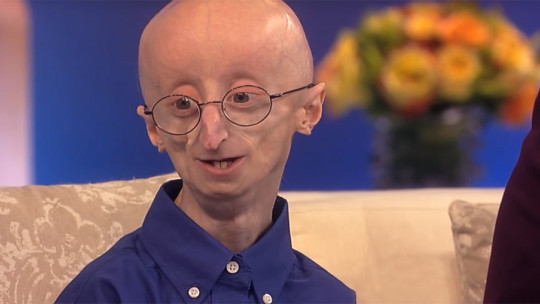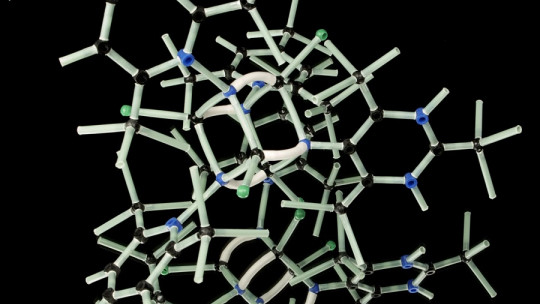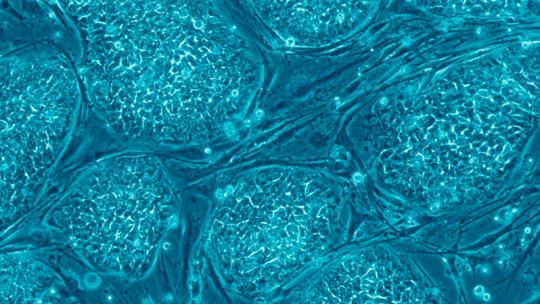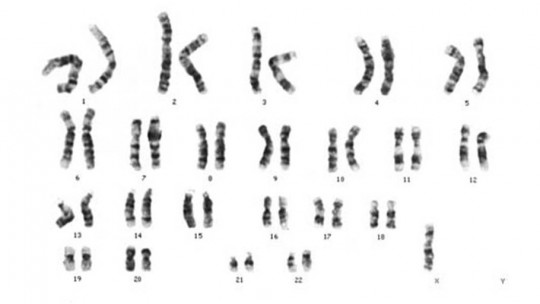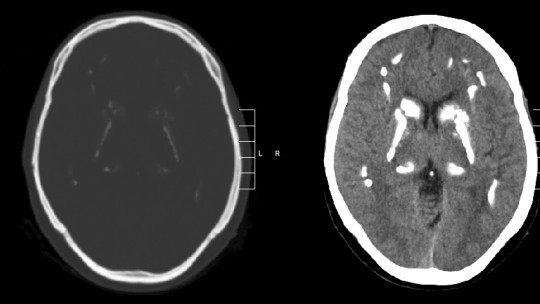Since it was first described in 1886, progeria has become a well-known disease due to a peculiar fact: children with this severe disorder seem to age very quickly and present signs similar to those of old age. In this article we will explain What are the symptoms, causes and treatment of progeria?
What is progeria?
Progeria is a disease of genetic origin that causes accelerated and premature aging in boys and girls who suffer from it. The word “progeria” comes from Greek and could be roughly translated as “premature old age.”
This disorder is also known as “Hutchinson-Gilford progeria syndrome” after Jonathan Hutchinson and Hastings Gilford, who described it independently in the late 19th century.
It is a very rare disease in the world population: it is estimated that appears in approximately 1 in 4 million births Throughout the history of medicine, about 140 cases of progeria have been recorded, although it is believed that there could be a similar number of people affected around the world today.
Most people affected by progeria die prematurely. The average life expectancy is around 14 or 15 years , although some patients survive for more than 20 years. Death is very frequently due to heart attacks and strokes associated with alterations in the circulatory system.
Main symptoms and signs
Girls and boys affected by progeria usually appear normal during the months following birth. However, their rate of growth and weight gain is soon revealed to be lower than that of other children, and the rate of aging seems to multiply by 10.
In addition characteristic facial features appear such as a thin nose and ending in a beak, thin lips and prominent eyes and ears. Her face tends to be thinner, narrower and more wrinkled than that of other girls and boys; Something similar happens with the skin as a whole, which appears aged and also shows a deficit of subcutaneous fat.
It is also very common for other signs to occur that are reminiscent of aging, such as hair loss and the appearance of joint malformations. Nevertheless, intellectual and motor development are not affected so children with progeria can have practically normal functioning.
The cardiovascular alterations characteristic of progeria, which manifest mainly in the presence of atherosclerosis and worsen significantly as development progresses, are the fundamental sign to understand the short life expectancy of people with progeria.
Thus, in a synthetic way, we can say that the most common symptoms and signs of progeria are the following:
Causes of this disease
The development of progeria has been associated with random mutations in the LMNA gene which has the function of synthesizing proteins (mainly lamin A and C) essential for creating filaments that provide strength and resistance to cell membranes, as well as for giving shape to the nucleus of cells.
Alterations in the LMNA gene cause cells, especially their nuclei, to be more unstable than normal and therefore suffer damage more frequently. This causes them to degenerate more easily and tend to die prematurely. However, it is not known exactly how this mutation is related to the signs of progeria.
Although it is not generally associated with genetic inheritance, in some cases mutations in the LMNA gene appear to be transmitted from parents to children through an autosomal dominant mechanism.
Treatment
Since progeria has its origin in genetic mutations, there are currently no effective treatments to modify its manifestations. That is why The management of progeria cases is mainly symptomatic
The increased risk of heart attacks and strokes can be combated by taking medications such as statins (used to reduce cholesterol levels) and acetylsalicylic acid, better known as “aspirin.” Coronary artery bypass surgery is also sometimes performed.
Respiratory, skeletal, muscular, and kidney problems and other types are managed in a similar way: treating the manifestations without intervening at the genetic level. Although research is being carried out in this regard, at the moment the effectiveness of any therapy for progeria has not been proven.
- Gordon, L.B.; Brown, W.T. & Collins, F.S. (2015). Hutchinson-Gilford progeria syndrome. Gene Reviews. Retrieved July 4, 2017 from https://www.ncbi.nlm.nih.gov/books/NBK1121/
- Hutchinson, J. (1886). Case of congenital absence of hair, with atrophic condition of the skin and its appendages, in a boy whose mother had been almost wholly bald from alopecia areata since the age of six. Lancet, 1(3272): 923.

